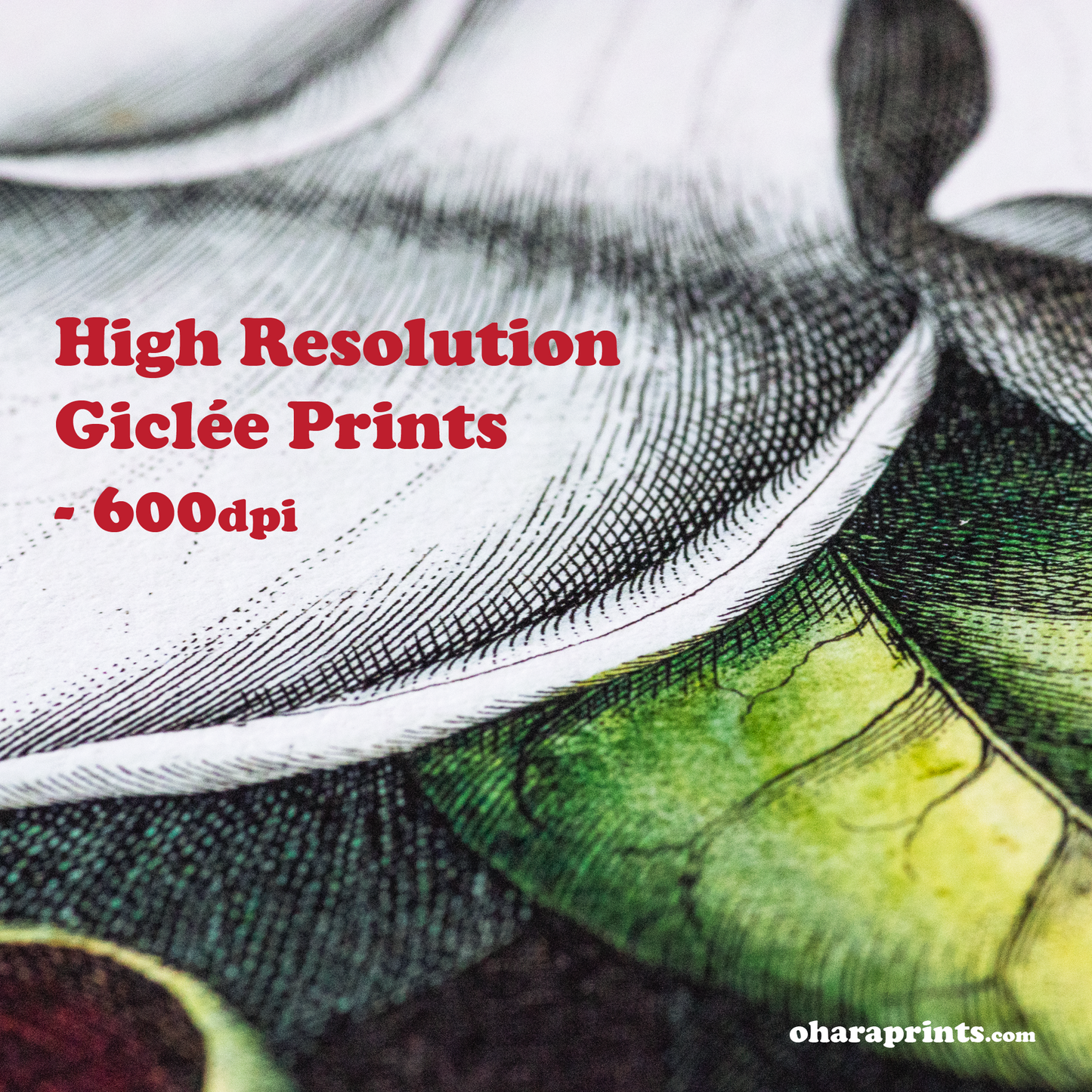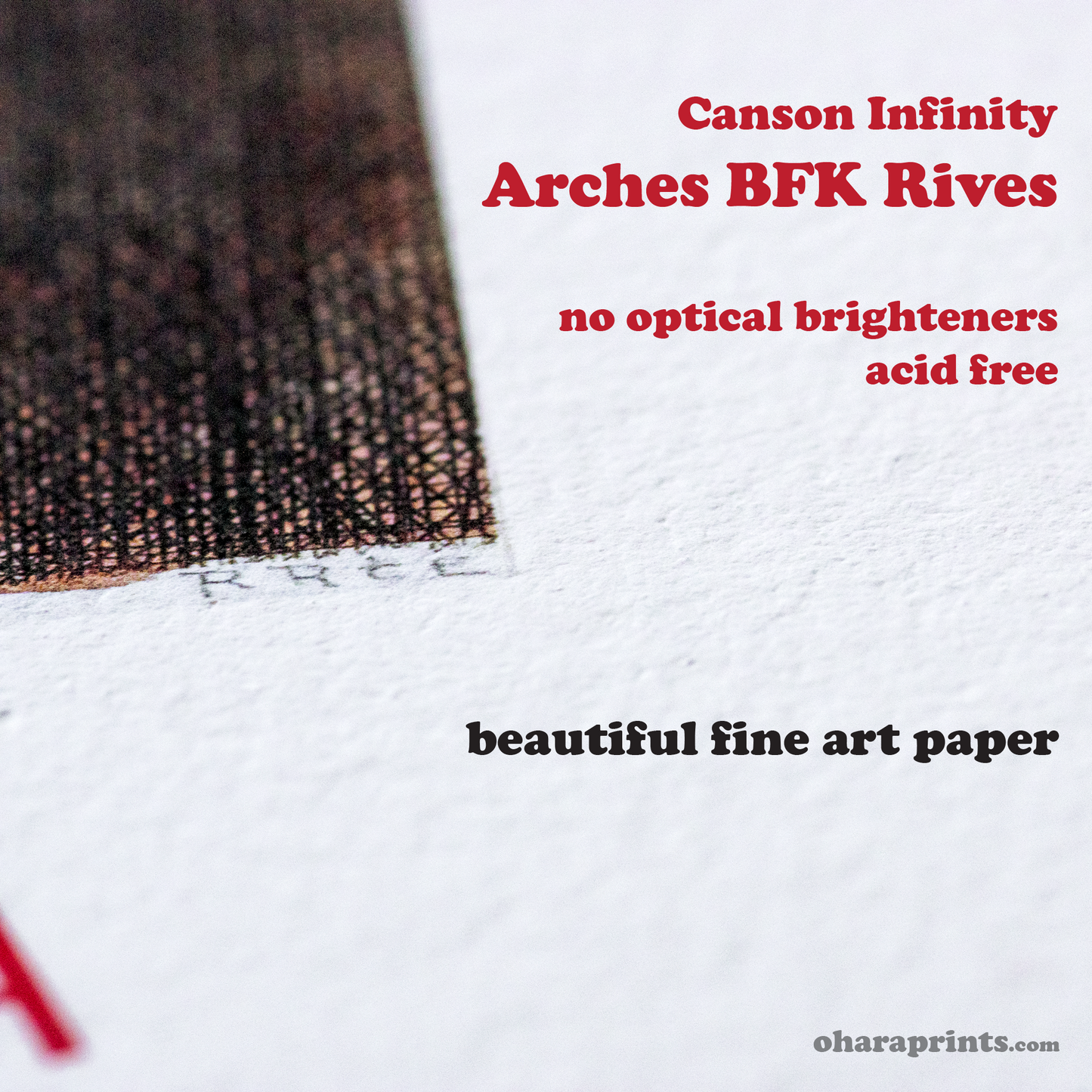Ohara Prints
CLAUDE MONET - The Red Kerchief
CLAUDE MONET - The Red Kerchief
Couldn't load pickup availability
THE ARTWORK
The Red Kerchief (c. 1868-1873) is a striking painting by Claude Monet that depicts his wife, Camille Monet, passing by a window on a winter's day. Camille, wrapped in a red scarf, is captured mid-motion as she glances back at Monet while walking outside. The vivid red of the scarf contrasts with the cooler, muted tones of the snowy surroundings, drawing attention to her figure.
The painting is intimate and personal, revealing Monet's affectionate portrayal of his wife in a quiet domestic moment. Monet's loose, expressive brushstrokes and attention to light are evident in how the winter atmosphere is rendered, with soft light filtering through the window.
This work showcases Monet's early mastery of the Impressionist technique, emphasizing mood, light, and fleeting moments rather than precise details. It’s a tender snapshot of everyday life, highlighting Monet’s ability to find beauty in simple, personal scenes.
THE ARTIST
Claude Monet (1840–1926) was a French painter and a leading figure in the Impressionist movement, known for his innovative use of light and color. Born in Paris, Monet spent much of his life painting landscapes, especially scenes from his garden in Giverny, where he lived for over 40 years. His fascination with the changing effects of light on objects led him to paint the same scenes multiple times under different conditions. Notable examples include his "Haystacks" and "Water Lilies" series.
Monet's loose brushwork and focus on capturing the momentary effects of light, rather than detailing objects, set him apart from more traditional artists. His groundbreaking work, Impression, Sunrise (1872), gave the Impressionist movement its name. Initially criticized for their unfinished appearance, Monet’s works later became widely celebrated for their atmospheric qualities and emotional depth.
In his later years, Monet's vision deteriorated due to cataracts, but he continued painting, creating large, almost abstract canvases that showcased his evolving style. His legacy as a pioneer of modern art remains influential, inspiring countless artists to explore the dynamic interplay of light, color, and perception in their work.
THE PRINT
• A4 Size = 29.7cm x 21cm = 11.7" x 8.25"
• A3 Size = 42cm x 29.7cm = 16.5" x 11.7"
• High resolution giclée print - 600dpi
• Printed to order
• Unframed & unmounted
• Professionally printed using Canon imagePROGRAF printers
• Digitally restored by OharaPrints from high resolution scans of the original artwork
• Made in and shipped from Casterton, Victoria, Australia
PAPER
• Canson Infinity - Arches BFK Rives White
• Paper weight = 310gsm
• 100% cotton
• Archival, museum grade
• Acid free
• No OBAs (optical brightening agents)
Arches BFK Rives is a high-quality, archival-grade paper manufactured at the Arches paper mill in France - one of the oldest papermakers in Europe. It is made from 100% cotton rag using a time-honoured manufacturing process, giving the paper exceptional durability, longevity, and resistance to yellowing or deterioration over time. Despite its substantial weight and thickness it maintains a very soft and supple feel. The paper has a natural white tone and is completely free of any optical brighteners (OBAs), allowing for superb colour rendition and deep blacks.
INK
• Canon Lucia Pro Inks
• Pigment based
• Archival, museum-grade
• Brilliant colours, even gradient and razor-sharp lines
• Highly stable and fade resistant, excellent humidity-fastness
SHIPPING & HANDLING
• All orders are dispatched on the NEXT BUSINESS DAY after receiving the order
• All prints are shipped via AUSTRALIA POST with TRACKING
• For postage rates and estimated delivery times please see our SHIPPING page
• All prints are shipped flat, not rolled
• Each print is individually placed into a resealable, archival grade plastic protective sleeve
• Prints are carefully packaged in very sturdy 700gsm cardboard envelopes, along with 1050gsm boxboard sheets which provide extra strength & rigidity to prevent bending or folding during transit
Share




















